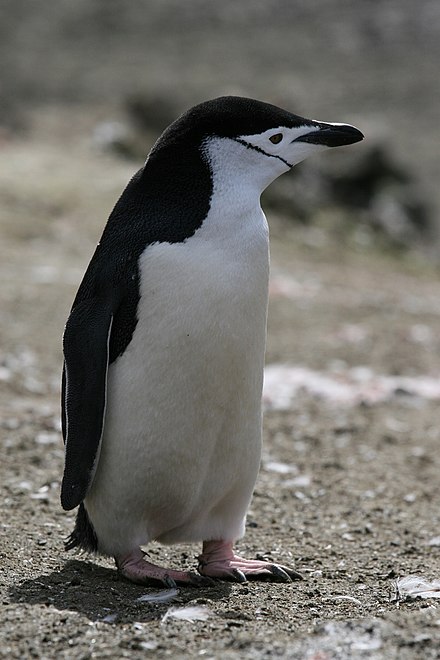Penguins are a special group of birds found mainly in Antarctica and its surrounding islands, South America and Australia. They are birds of limited flight that live in oceans and islands. Here are some more details about penguins and their habits:

Appearance: Penguins usually have a black back and white belly, and the appearance is a mixture of black and white feathers. They usually have a short, stout body, a stubby neck, and a flat beak.
Size: The overall size is large, and different species vary in size, such as the smallest little penguin is only about 40 centimeters tall, and the largest emperor penguin can reach nearly 1 meter tall.
Eyes and ears: Penguins have smaller eyes and their ears are covered with feathers.
Antarctica: Most penguin species are found mainly on Antarctica and its surrounding islands.
Other regions: There are also some species that thrive in South America, Australia and surrounding areas, such as the Magal Emperor penguin, the Antarctic penguin and the Gentoo penguin.
Habitat: Penguins usually breed on cold ocean islands, but several species have adapted to warmer climates and survive in warmer environments.
Breeding: Penguins usually form large breeding colonies and breed on land. They hatch their eggs safely by building stone or earth nests.
Foraging: Penguins are excellent swimmers, feeding mainly on Marine life such as fish, octopus, sole, shrimp and zooplankton, and are able to dive into the sea in search of food.
Social: Penguins usually live in groups, forming large colonies to better protect themselves from predators.
Warm: Penguins have feathery feathers to adapt to the extreme cold, and they also gather together to keep warm, and some penguin species will move repeatedly to constantly change the outer individuals to keep the whole group warm.
Hatching: Penguins usually live in pairs, with one penguin incubating the eggs while the other penguin leaves the nest for food. After a while, they switch roles so that each other can also feed and rest.
Globally, there are several species of penguins, including:
Emperor Penguin: The largest of the species, it is tall and lives in Antarctica.
King Penguin (King Penguin) : Also a large breed, moderate in size, mainly distributed on islands near Antarctica.
Little Penguin: Small in size, mainly found along the coastline of Australia and New Zealand.
Some penguin populations are under threat due to climate change, environmental pollution and human activities. Many countries and international organizations work to protect penguins and their habitats to ensure their survival and reproduction.
Penguins are an important part of the ecosystem and play an important role in the balance of the Marine ecosystem. Protecting penguins is therefore essential for the health and stability of the entire ecosystem.
animal tags:
We created this article in conjunction with AI technology, then made sure it was fact-checked and edited by a Animals Top editor.